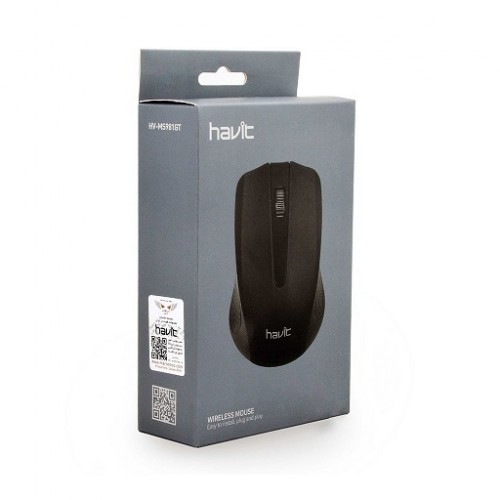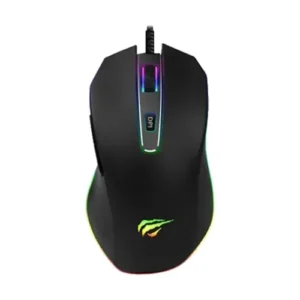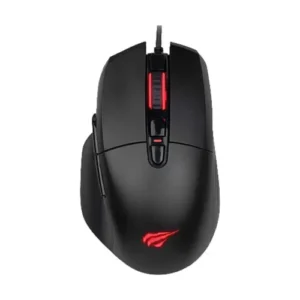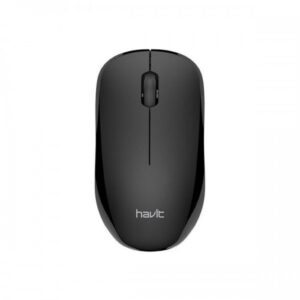Key Specifications and Features
Wireless devices have revolutionized communication and connectivity, making it crucial to understand their key specifications and features. One of the primary aspects to consider is the connection type. The most common wireless protocols include Bluetooth and Wi-Fi, each serving different purposes and environments. Bluetooth technology, typically characterized by shorter ranges (up to 100 meters), is ideal for personal area networks, such as connecting headphones or smartwatches to smartphones. Its low energy consumption is another significant advantage, making it suitable for battery-powered devices.
On the other hand, Wi-Fi excels in providing high-speed internet access over larger areas, with ranges that can extend up to several hundred meters, depending on the router and environmental factors. Wi-Fi is especially beneficial for devices that require substantial data transfer rates, such as streaming media or online gaming. However, Wi-Fi networks may face interference from physical barriers and other electronic devices, which can affect connection quality. Understanding these differences between Bluetooth and Wi-Fi helps users to select appropriate devices based on their connectivity needs.
Another important consideration in wireless device performance is cable length, particularly in hybrid setups that utilize both wired and wireless connections. For instance, in a home network where devices like printers or gaming consoles may require a direct wired connection to minimize latency, the optimal cable length can prevent signal degradation. Using cables that are excessively long can lead to a drop in data integrity, which can negatively impact performance. Conversely, shorter cables often ensure enhanced signal quality while still allowing devices to maintain wireless functionality.
Ultimately, the specifications of wireless devices—including connection types and cable lengths—play a pivotal role in dictating user experience. By grasping these fundamental attributes, users can make informed decisions regarding their connectivity requirements and optimize their interaction with wireless technology.
Warranty Information
When considering the purchase of wireless devices, understanding warranty information is crucial. Warranties serve as a safeguard for consumers, offering assurance against defects and malfunctions that may arise during regular use. Generally, manufacturers provide varied warranty offerings that can significantly impact consumer experiences. The most common types of warranties include limited warranties, which usually cover parts and labor for a set period, as well as extended warranties that allow for coverage beyond the standard offering, often at an additional cost. In contrast, some wireless devices come without a warranty, which can be a red flag for prospective buyers. This lack of coverage denotes that any issues experienced post-purchase will be the sole responsibility of the consumer, thus necessitating careful consideration before making a decision.
Physical Characteristics
In addition to warranty details, the physical characteristics of wireless devices play a pivotal role in influencing consumer preferences. Color options, particularly black and blue, are commonly offered and can affect both the aesthetic and functional aspects of devices. The sleekness of black devices often appeals to users seeking a modern and professional look, making them suitable for various settings, from workplaces to casual environments. Conversely, blue devices might attract consumers looking to make a style statement or express individual preferences. Choosing between these colors goes beyond mere aesthetics; it can also impact how users perceive the device in terms of durability and design appeal. For instance, some users may associate darker colors with a more robust exterior, while lighter colors might evoke a sense of novelty. Understanding these nuances can aid potential buyers in making informed decisions that align with their personal style and usability expectations.






